Victorian false fireplaces?
jlc102482
12 years ago
Featured Answer
Comments (13)
Rudebekia
12 years agojlc102482
12 years agoRelated Professionals
Brownsville Kitchen & Bathroom Designers · Clute Kitchen & Bathroom Designers · Moraga Kitchen & Bathroom Designers · San Jose Kitchen & Bathroom Designers · Schenectady Kitchen & Bathroom Designers · Southampton Kitchen & Bathroom Designers · Normal Kitchen & Bathroom Remodelers · Wood River Kitchen & Bathroom Remodelers · Rancho Cordova Kitchen & Bathroom Remodelers · South Park Township Kitchen & Bathroom Remodelers · Glenn Heights Kitchen & Bathroom Remodelers · Bayshore Gardens Architects & Building Designers · North Bergen Architects & Building Designers · White Oak Architects & Building Designers · Nanticoke Architects & Building DesignersRudebekia
12 years agoantiquesilver
12 years agoworthy
12 years agorogeraf1
12 years agoRudebekia
12 years agojonnyp
12 years agorogeraf1
12 years agocathleen_ni_houlihan
12 years agok_boom
last yearTravis Johnson
last year
Related Stories
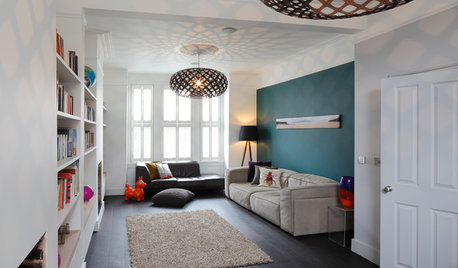
DECORATING GUIDES10 Ways to Update a Victorian Living Room
Bring your period living room sensitively into the 21st century with these simple yet effective design tricks
Full Story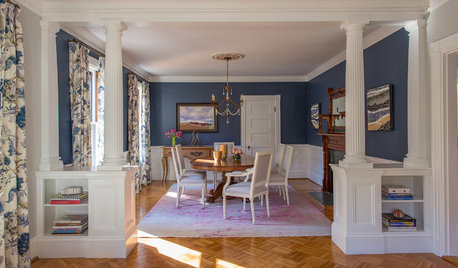
DINING ROOMSRoom of the Day: Victorian Dining Room Keeps It Formal Yet Fresh
A Queen Anne home gets a renovated dining room with traditional detailing and loads of charm
Full Story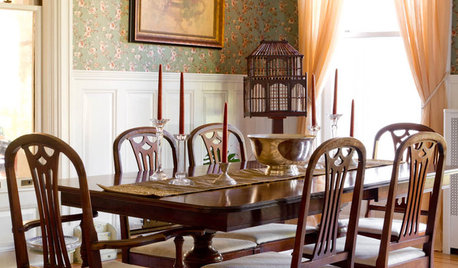
HOUZZ TOURSMy Houzz: Period Details Shine in a Queen Anne Victorian
Chandeliers, fireplaces and prettily patterned wallpaper radiate elegance in a 19th-century Massachusetts home
Full Story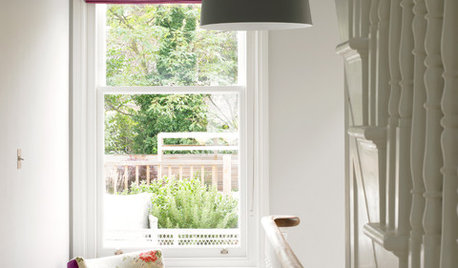
VICTORIAN DESIGNHow to Gently Bring a Victorian Home Into the 21st Century
Bring your Victorian home up-to-date while still celebrating its original details with these stylish but sensitive ideas
Full Story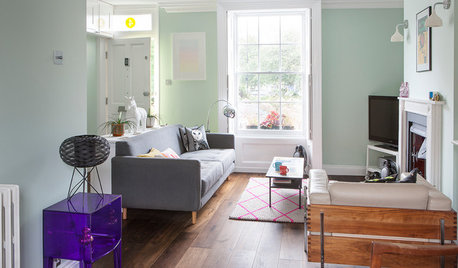
ECLECTIC HOMESHouzz Tour: High-Low Mix in a Colorful Victorian
An unloved house is transformed into a cheerful, versatile home with a blend of design classics, budget pieces and treasured finds
Full Story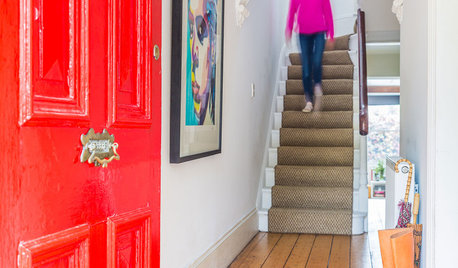
DECORATING GUIDESHouzz Tour: Bright Hues Energize a Light-Filled Victorian
A vintage home gets dressed to impress with pops of color and eye-catching modern artwork
Full Story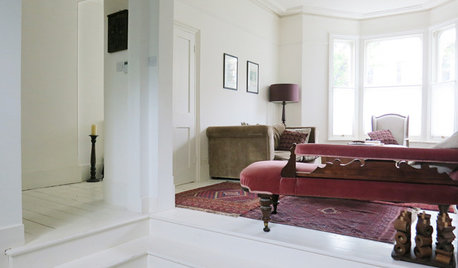
ARCHITECTUREVictorian Details Make Their Way in Modern Life
What makes a Victorian house Victorian? Take a tour of the architectural features and decorative details characteristic of the era
Full Story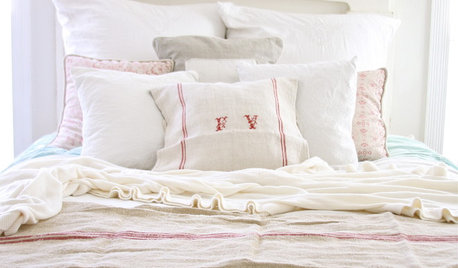
DECORATING GUIDESVictorian Bedrooms for Today's Homes
Learn how to incorporate Victorian-era staples, from wardrobes to washstands, into your modern lifestyle
Full Story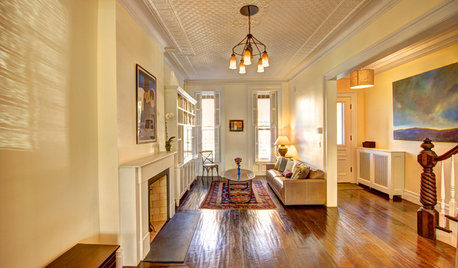
DENS AND LIBRARIES8 Victorian Drawing Rooms for Modern Living
Whether you remodel it for an open plan or keep it intact, a Victorian drawing room can graciously adapt to modern needs
Full StoryMore Discussions







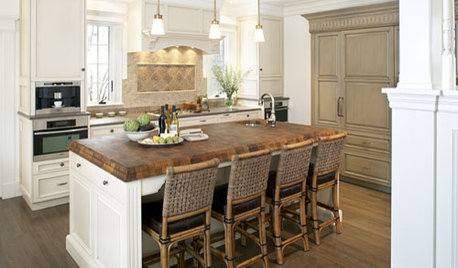





lazypup